When Disaster Strikes: Let These VARs Tell You What Can Happen
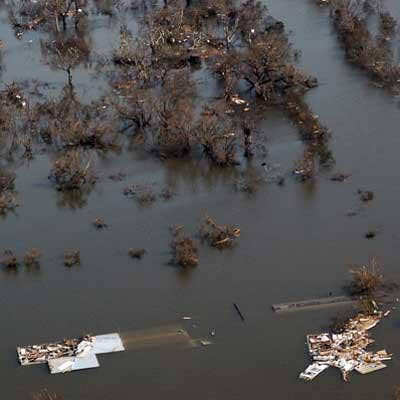
When Disaster Strikes
Are you ready? Disasters can strike anywhere, at any time -- in the form of a fire, earthquake, hurricane, flood and more. Many solution providers, like many of us out there, think that nothing will ever happen to them. Here are some solution providers who learned differently. A picture, in these cases, is worth a thousand words.
For a closer look at real life disaster recovery stories, see a preview of our exclusive report, "Disaster Recovery: 10 Steps That Could Save Your Business." The full article is available exclusively on the CRN Tech News app, available now in the Apple App Store.
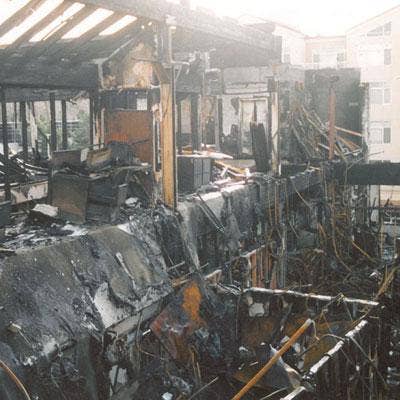
'There Goes My Data Center'
Chemicals that were not properly disposed of in another business caused a fire that totally destroyed the headquarters of Network Computing Architects in Bellevue, Wash. When CEO Tom Gobeille arrived on scene, there was nothing he could do.
"All I could think was, 'There goes my data center. There goes my training center. There goes my front lobby.' Then I just watched as the whole building collapsed in on itself," he said.
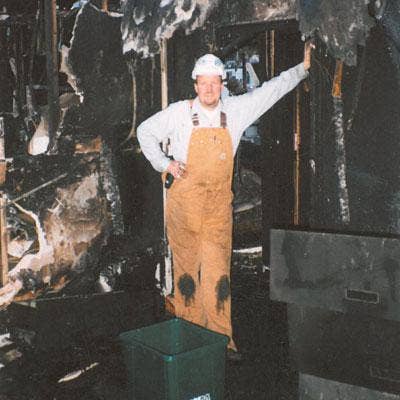
Losses Beyond The Physical
Disasters can take a heavy mental toll on owners and employees, said Gobeille, pictured here amid the ruins of Network Computing Architects.
"Every day, I wanted to work hard and get past it but we had no building, no files, no computers," he said.
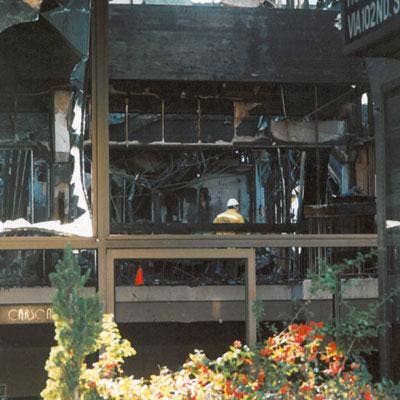
Are Your Documents Safe?
Network Computing Architects also had offices in Oregon and Northern California, so data had been backed up. But in Bellevue, everything else was gone. Even important corporate documents that Gobeille had kept in a "fire-proof" safe were destroyed. The safe was only rated to protect contents for 45 minutes to two hours; the fire lasted for several days before it was completely extinguished.
"By the time we got into [the safe], everything was ash," Gobeille said.
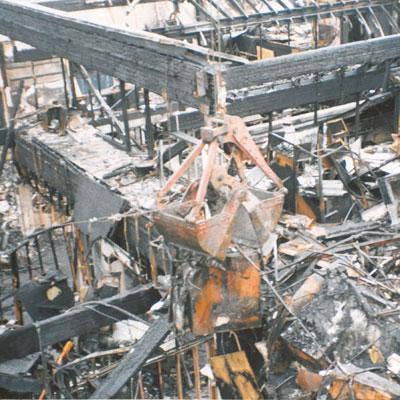
Physical Losses Mount, But People Stay The Course
Here, a crane plucks a server rack out of the debris to see if it can be salvaged.
"Nothing was, it was a complete loss," Gobeille said.
Amazingly, every employee returned once Network Computing Architects could relocate and then rebuild and the solution provider didn't lose a single customer, Gobeille said.
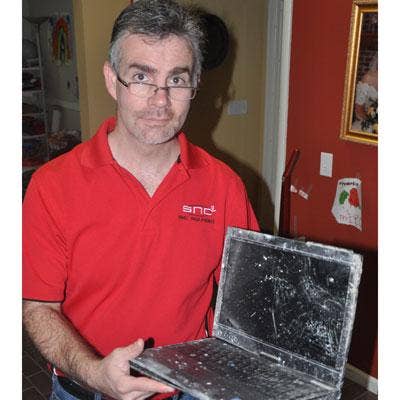
Storm Without Warning
In many cases, storms or fires occur with little warning, leaving no time to prepare. Such was the case for John Motazedi of SNC Squared, a Joplin, Mo.-based VAR who saw his headquarters demolished by a 2011 tornado. Here Motazedi holds a laptop destroyed by the tornado.
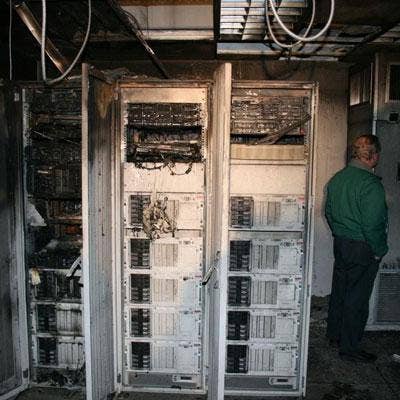
Power Of Backups
Amazingly, Motazedi had his customers back up and running five business hours after the storm thanks to having a solid infrastructure in place, as well as some help and round-the-clock efforts from employees, friends and fellow VARs.
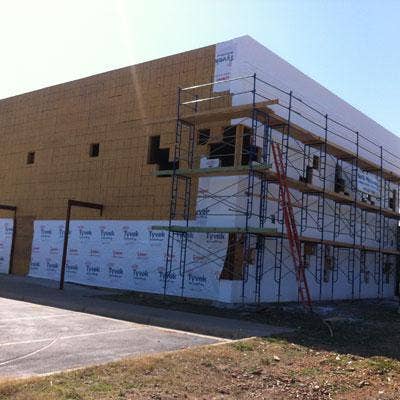
Building It Back
SNC Squared's quick response to customers allowed the company to not only survive after a collapsed building, but thrive. Motazedi's company had leased its previous headquarters but has since bought land and constructed a new building, which staff just moved into in late July.
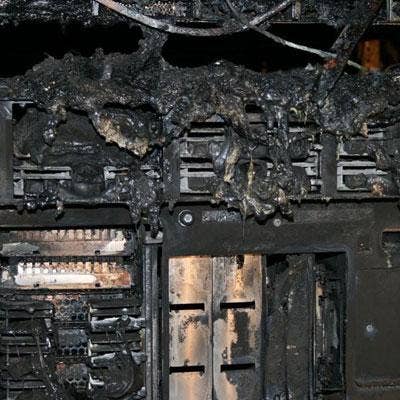
Small Fire, Big Loss
You don't need to lose a whole building for a fire to have a devastating impact on business. Camera Corner Connecting Point, a Green Bay, Wis.-based solution provider, suffered a fire in March 2008 that was contained to the company's data center. The problem was that it was the data center that contained the data, websites and more for hundreds of customers.
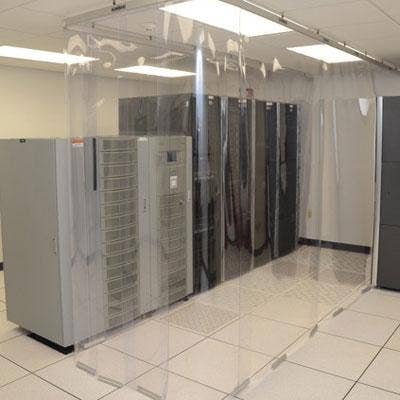
'We Were Not Ready'
The blaze knocked the company off its feet, said Camera Corner Connecting Point CEO Rick Chernick.
"Everybody thinks they're all set because they carry a spare tire. But they never think they'll use it and they never check to see if there is air in it. We were not ready for a disaster. You think you're prepared. You think the tire has air in it," Chernick said.

Data Center 2.0
When Camera Corner Connecting Point rebuilt its data center, it made sure it was better protected against a disaster than its predecessor. Interestingly, Chernick used his fire as a selling point to customers. "In fact, we actually gained some customers. A couple people said, 'Hey, you made it through a fire. I want you to come talk to me,' " Chernick said.

Failing The Test
Mike Semel (pictured), a longtime VAR executive who speaks to more than 100 solution providers annually regarding business continuity, estimates that less than 50 percent of solution providers have a written business continuity plan and maybe 10 percent have tested it.
"They don't think through the idea of it's not just their employees [impacted] but their employees' families and pets. You're not coming to work if you don't know your family is OK. These things need to be considered," Semel said.